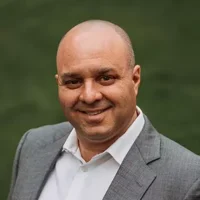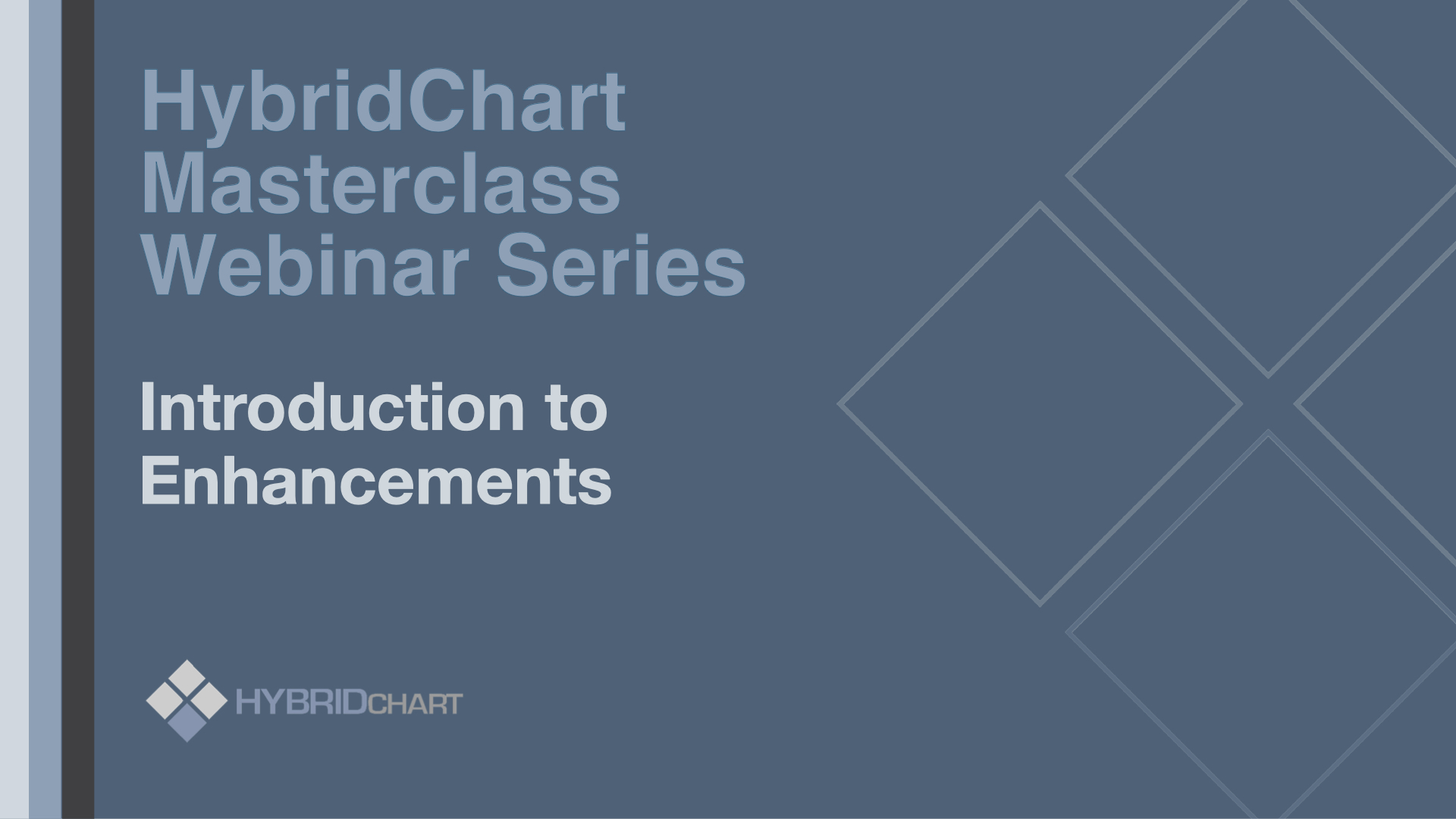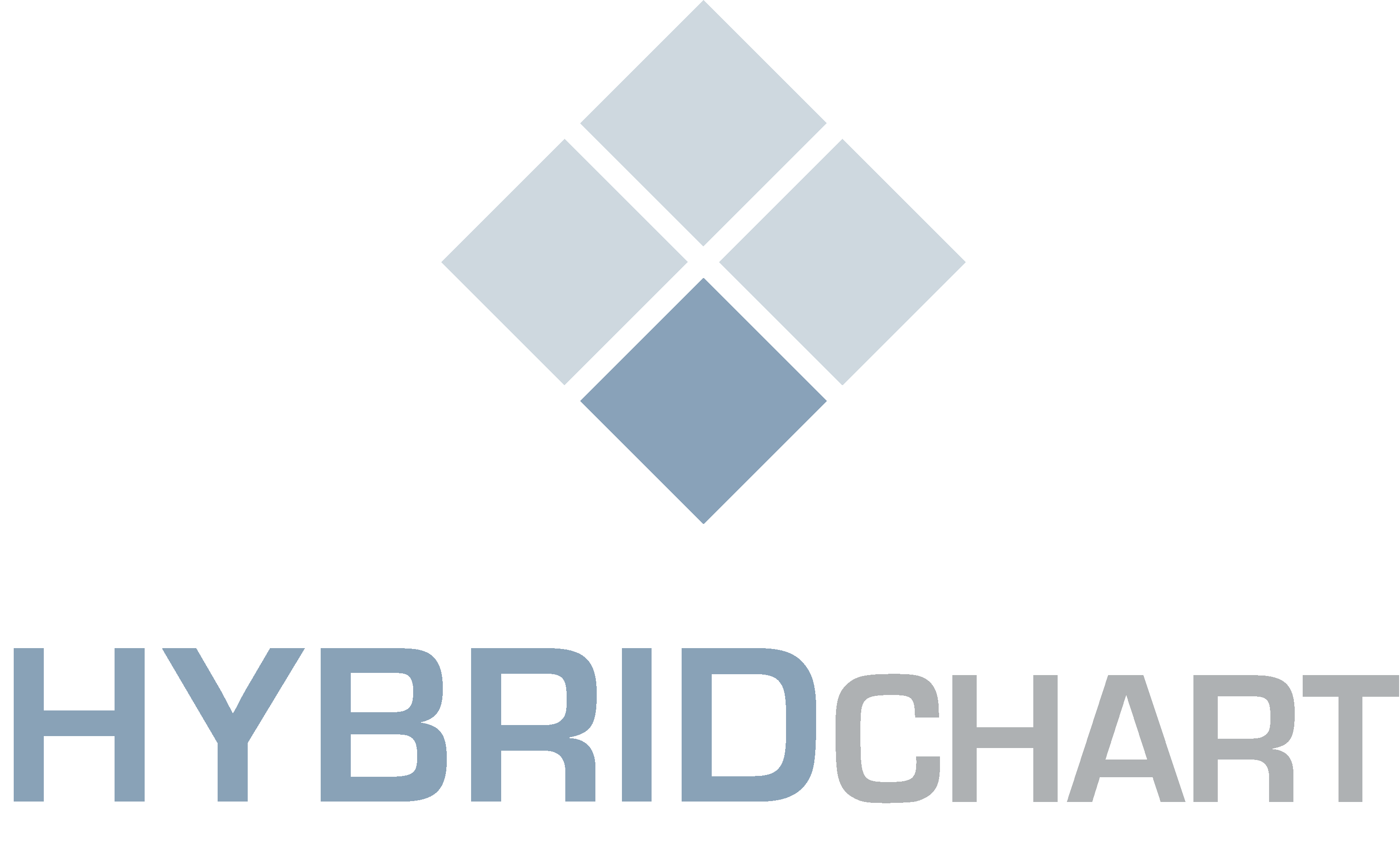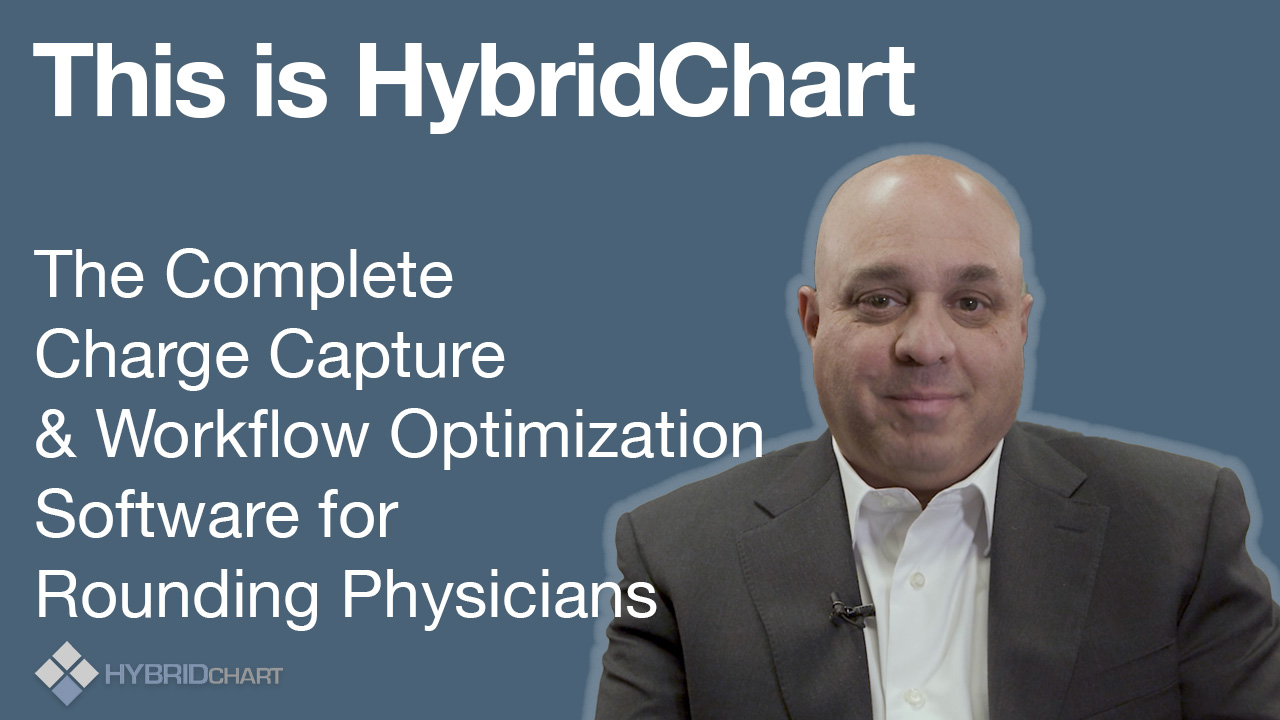Charge capture refers to the process of collecting and submitting information about patient encounters for reimbursement from insurance companies. When a doctor sees a patient, each service provided, from examinations to procedures, generates a charge. These charges are then captured, coded, and submitted to the patient’s insurance for payment.
The Importance of Charge Capture
Effective charge capture is vital for several reasons:
- Revenue: It directly impacts a practie’s bottom line. Missed or incorrect charges can lead to significant revenue loss.
- Compliance: Accurate charge capture is essential for compliance with regulations.
- Patient Satisfaction: Transparent and accurate billing improves patient satisfaction and trust.
The Process of Charge Capture for a Doctor Who Rounds at a Hospital
The charge capture process for a doctor who rounds at a hospital typically involves the following steps:
- Service Documentation: The doctor documents the services provided during each patient encounter. This could include examinations, consultations, procedures, and any additional care or services.
- Charge Entry: The documented services are translated into billable charges using the appropriate medical codes. This step requires a thorough understanding of medical coding standards like ICD-10 and CPT.
- Charge Submission: The charges are then submitted to the billing department or directly to the patient’s insurance company for reimbursement.
- Follow-up and Reconciliation: The doctor or billing department follows up on submitted charges to ensure they are processed and paid. Any denied or partially paid claims are investigated and resubmitted as necessary.
Best Practices for Charge Capture
Here are some best practices for doctors who round at hospitals:
- Timely Documentation: Document services as soon as possible to ensure no details are forgotten.
- Regular Audits: Regularly review and audit your charge capture process to identify and correct any issues or inefficiencies.
- Training: Ensure all staff involved in the charge capture process are adequately trained and updated on the latest coding standards and regulations.
- Leverage Technology: Use charge capture software or services to automate and streamline the process.
Luckily for any doctor or surgeon who rounds at a hospital or medical facility, HybridChart is the leader in mobile, real-time charge capture. Doctors who use our charge capture feature can capture a charge in 3 seconds, with an intuitive interface and even the ability to customize dashboards to present common or frequent charges based on the way you round.
Schedule a Demo today to see how Charge Capture with HybridChart will change the way you round.





